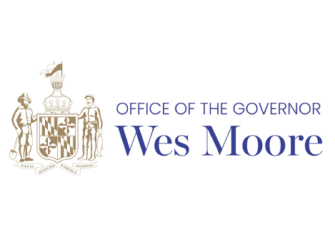
SALISBURY, MD— The National Institutes of Health (NIH) recently awarded Dr. Anthony Rojas of Salisbury University’s Chemistry Department a $360,624 research enhancement grant to expand MRI contrast agent research and equipment for undergraduates.
The grant, SU’s second and largest NIH competitive research award to date, supports small-scale projects at educational institutions that provide baccalaureate or advanced degrees for a significant number of the nation’s research scientists while exposing students to research, and strengthening the institution’s research environment.
“It’s an honor to receive this award,” Rojas said. “I’m excited to be able to provide more research opportunities to our students.”
The funding will be used to purchase new equipment, including $100,000 toward a ForteBio Octet® K2 two-channel system, which characterizes protein-protein and protein-small molecule binding interactions for early research and discovery.
Funds will also be used to provide three-year financial support for students to conduct full-time summer research and travel to national conferences to present new findings.
“The proposed research will have a tremendous positive impact through the engagement of students in projects at the forefront of synthesis of MRI contrast agents, likely propelling them to future careers in the chemical and biomedical sciences,” Rojas said.
The goal of the project is to overcome current MRI limitations by designing dynamic or “intelligent” MRI contrast agents based on iron (II) complexes that undergo thermally induced spin-state crossover to provide local temperature data and tissue contrast. These novel contrast agents will allow for the monitoring of tissue environments with greater spatial and temporal data feedback.
“The fundamental science behind the proposal is replacing current technology in MRI contrast agents, as most gadolinium-based agents used clinically tend to be particularly harmful to pregnant women and those with kidney and liver issues,” said Rojas.
The complexes also will enable enhanced signal resolution at therapeutically relevant temperatures for patients undergoing high-temperature tumor ablation. Iron (II) crossover complexes will be designed that can exist in an “on” or “off” state depending on the local temperature of their physiological environment, providing an added layer of detail in real-time MRI scans.
Additionally, the project proposes attaching the contrast agents to known peptide binders for discrete tissue types or cell and protein receptors.
“The ability to target specific tissue types and direct accumulation of these contrast agents would enhance imaging and lead to greater patient outcomes,” said Rojas.
For more information call 410-543-6030 or visit the SU website at www.salisbury.edu.



